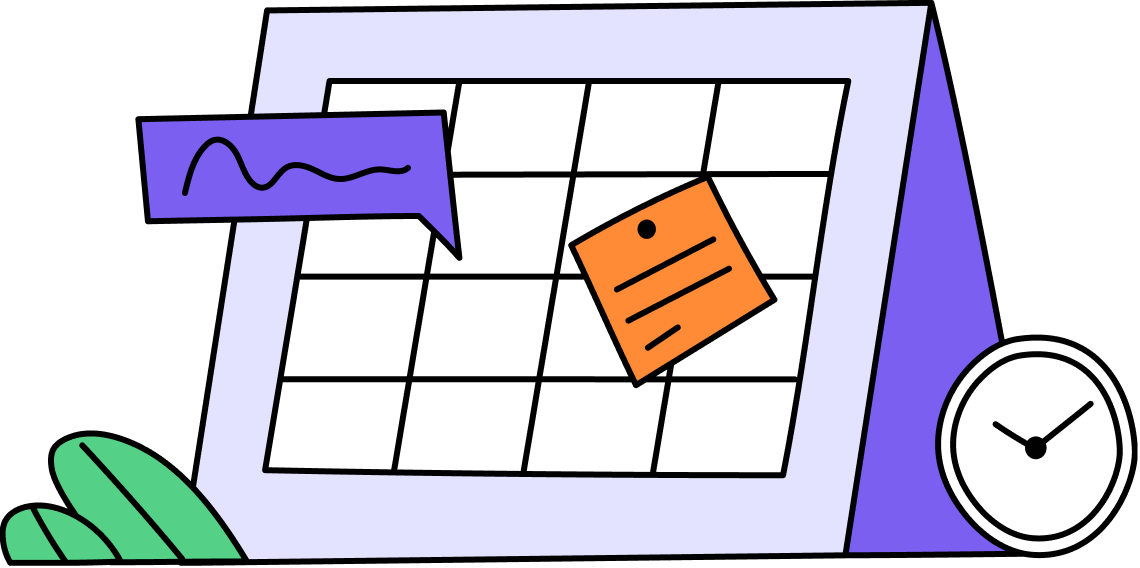Top 10 Mistakes Students Make on the SAT Math—and How to Avoid Them

Are you an SAT student aiming for your best score? Even the smartest students make common mistakes that can impact their results. SAT Math isn't just about knowing formulas—it's about applying logic, staying calm, and avoiding common traps. Let’s break down the top mistakes and how to dodge them:
1. Ignoring the Basics: Your Foundation Matters
Many students jump straight into complex topics, thinking advanced problems are where they'll earn the most points. But the truth is, the SAT frequently tests foundational concepts like percentages, ratios, and linear equations. These are often the "easy wins" you can secure!
Solution: Don't skip the fundamentals! Dedicate time to strengthening your understanding of basic math and grammar rules. Mastering these will give you a solid base and help you rack up crucial points.
2. Rushing Through Easy Questions: Accuracy Over Speed
Feeling confident on the easy questions at the start of a section can lead to carelessness. Overconfidence often results in silly, avoidable errors that cost you valuable points.
Solution: Slow down on every question, especially the seemingly easy ones. Double-check your work and ensure accuracy before moving on. Secure those "easy wins" with precision.
3. Not Reading the Question Carefully: Every Word Counts!
A single word, like "NOT," can completely change the meaning of a question. Many students miss these critical details, leading to incorrect answers even when they understand the core concept.
Solution: Train yourself to underline keywords and phrases as you read. Take a moment to re-read tricky questions to ensure you've grasped exactly what's being asked.
4. Underusing or Misusing the Desmos Calculator
With the digital SAT, Desmos is built right into the test, but many students either ignore it or don’t know how to use it effectively.
Common Pitfalls:
- Wasting time typing equations inefficiently
- Not using graphing to check solutions
- Forgetting Desmos can solve systems, visualise inequalities, and find intersections instantly
Solution: Practice with Desmos before test day. Use it to graph equations, verify algebra, and spot trends visually. For example, instead of solving a system manually, graph both equations and click the intersection point. It’s fast, accurate, and reduces algebra errors.
5. Getting Tripped Up by Word Problems: Decode the Language
Translating real-world scenarios into mathematical equations can be a major hurdle for many students. Word problems require a different kind of analytical thinking.
Solution: Practice decoding language into mathematical setups, one phrase at a time. Break down complex word problems into smaller, manageable parts to understand the underlying math.
6. Using Formulas Blindly: Understand the "Why"
Simply memorising formulas without understanding when and why they work often leads to misapplication. The SAT tests your comprehension, not just your memorisation skills.
Solution: Don't just memorize; understand the logic behind each formula. Learn when and why a particular formula is appropriate for a given problem. This deeper understanding will prevent costly errors.
7. Leaving Grid-In Questions Blank: There's No Penalty!
Many students, out of fear or uncertainty, skip the grid-in questions. However, the SAT has no penalty for incorrect answers on any question type, including grid-ins!
Solution: Attempt every single question, especially the grid-ins. Even if you're not entirely sure, make an educated guess. You have nothing to lose and everything to gain!
8. Not Reviewing Mistakes: Your Practice is Incomplete
Taking practice tests without thoroughly analysing your errors is a wasted opportunity. The real learning happens when you understand why you got something wrong.
Solution: Create an error log after every practice test. Categorise your mistakes (e.g., content gap, careless error, time management issue) and focus your review on those specific areas. This targeted approach will lead to significant improvement.
9. Panicking Under Pressure: Build Test-Day Resilience
Nerves can derail your pacing, concentration, and confidence on test day. The pressure of the actual exam can be overwhelming if you're not prepared for it.
Solution: Simulate test-day conditions during your practice sessions. Take full-length tests in a quiet environment, adhere to strict time limits, and practice managing your stress. This will build your stamina and help you control your nerves.
10. Underestimating Practice Tests: Beyond Content Review
Many students focus solely on studying content, neglecting the importance of simulating the actual exam experience. The SAT is as much about strategy and endurance as it is about knowledge.
Solution: Take full-length, timed SAT practice tests regularly. This will build your endurance, familiarize you with the test format, and help you identify areas where you need to improve your pacing and strategy.
By being aware of these common SAT mistakes and actively working to avoid them, you'll be well on your way to achieving your target score. Which of these mistakes do you find yourself making the most?
